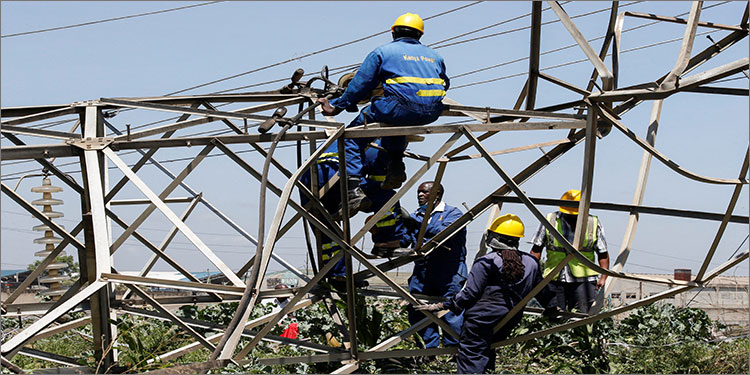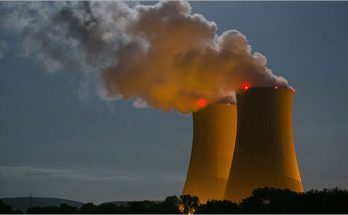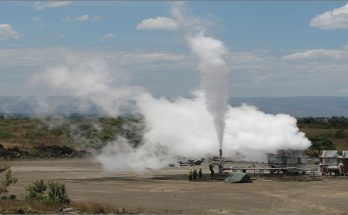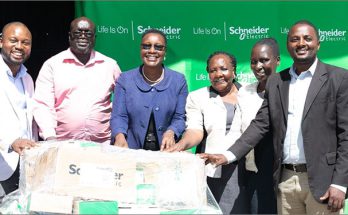 Kenya is actively expanding its transmission infrastructure, with the most recent initiative aimed at providing a reliable electricity supply to certain areas in the Eastern Region of the country. This initiative is a component of the broader grid infrastructure development outlined in the nation’s 2030 energy masterplan.
Kenya is actively expanding its transmission infrastructure, with the most recent initiative aimed at providing a reliable electricity supply to certain areas in the Eastern Region of the country. This initiative is a component of the broader grid infrastructure development outlined in the nation’s 2030 energy masterplan.
Upon commissioning, the Kitui-Wote Transmission Line project will create two supply sources – one originating from Wote and the other from Kindaruma, thereby improving the network’s N-1 contingency, which is crucial for ensuring grid reliability. An N-1 contingency power system refers to a power grid that is engineered to function continuously without disruption, even in the event of a failure of a single component, such as a transmission line, transformer, or generator, Kindaruma will function as an alternative source, ensuring a consistent and reliable power transmission across the Eastern Region.
Shem Konga, the Regional Engineer for KETRACO in the Eastern Region, stated that the Eastern Region of the utility includes four substations: Garissa, Kindaruma, Mwingi, and Kitui. At the Kitui substation, preparations are underway for the inauguration of the Kitui-Wote line. This line has served as an essential connection, delivering bulk power to the Kitui substation from Kindaruma and Garissa.
“This initiative holds significant importance as it will assist us in meeting and enhancing the N-1 contingency criterion, which guarantees supply stability at all times. For example, in the event of a power loss from Wote, we can still receive supply from Kindaruma,” stated Konga.
Antony Musyoka, the General Manager of Project Development Services at KETRACO, stated that one of the primary objectives of the company is to guarantee that by the year 2030, every county in Kenya will be linked to the national transmission network. We currently have a PPP project that is approaching completion, namely the Africa50 Power Grid, which encompasses the Kisumu-Musaga and Loosuk-Lessos transmission lines.
“We are broadening the network and constructing dual lines in certain areas to ensure that if one line fails, the supply can persist through the other. Our comprehensive 20-year master plan anticipates the addition of 8,000 kilometers of transmission lines and almost 15,000 MVA of transformation capacity,” stated Musyoka.
At the start of October, KETRACO declared that it had successfully finalized the grid restoration project for the Loiyangalani–Suswa 400kV Double Circuit Transmission Line. “KETRACO stated that the project represents a crucial milestone in improving the reliability and resilience of Kenya’s national power grid.”
The restoration project encompassed the design, provision, and installation of six new transmission towers to substitute the collapsed structures in the vicinity of Longonot, along with the related conductor stringing and Optical Ground Wire (OPGW) installations. The project was initiated by M/s Elemech Engineering Limited pursuant to a contract executed on 9 November 2024. The restoration process was executed in stages, with Circuit 1 being successfully energized on 20 September, followed by Circuit 2 becoming operational on 28 September.
“This milestone guarantees improved power evacuation from the Lake Turkana Wind Power (LTWP) facility, eradicates the frequent disruptions linked to the temporary bypass, and reinstates the N-1 contingency, thus enhancing the overall stability and dependability of the national grid,” stated KETRACO. During the commissioning of the line, Cabinet Secretary for Energy Opiyo Wandayi stated that the improved evacuation capacity, which can now transmit up to 300MW from the Lake Turkana Wind Power (LTWP) plant, will deliver more stable, affordable, and clean energy for the nation.
He remarked that this improved reliability in the power supply will elevate investor confidence in Kenya and ensure that consumers have consistent access to electricity, a factor that is crucial for economic growth and industrial development.



